Salisbury Forum shines light on Northwest CT ‘healthcare crisis’

The panel at the Salisbury Forum March 21 included, from left, State Rep. Maria Horn, D-64, SVNA Home Assistance Director Meghan Kenny, Sharon Hospital President Christina McCullough, Community Health and Wellness Center CEO Joanne Borduas, Foundation for Community Health President Nancy Heaton and it was moderated by Salisbury Forum President Patricia Jenny.
Alec Linden

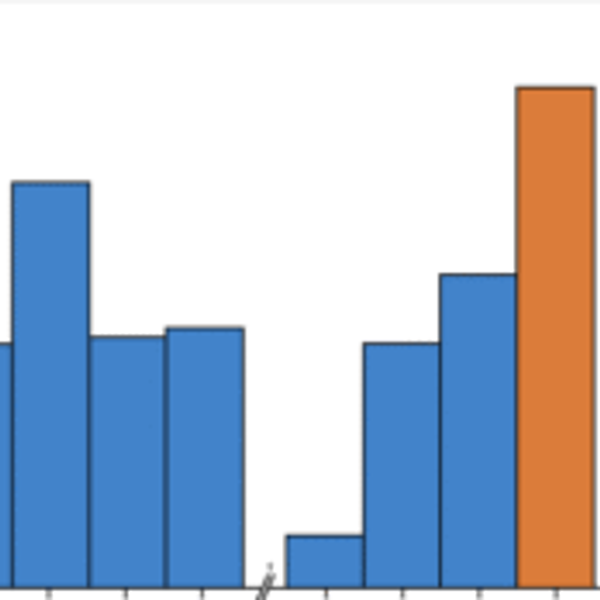
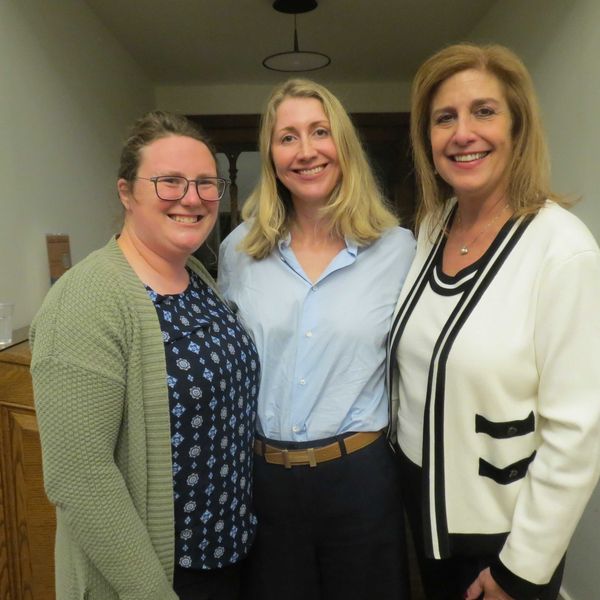

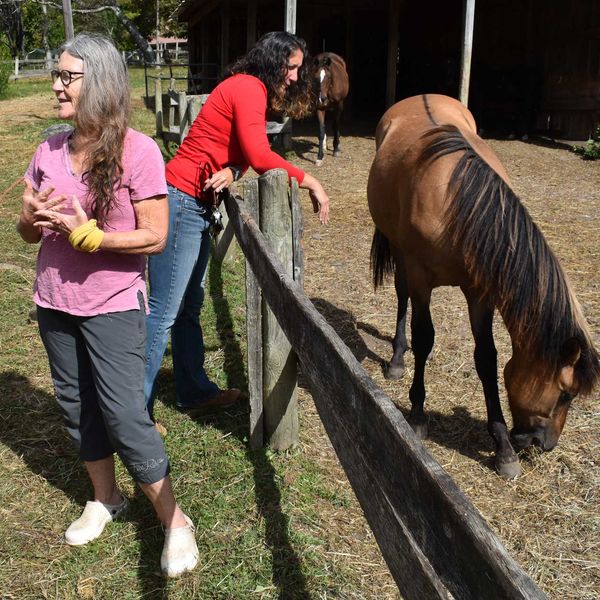
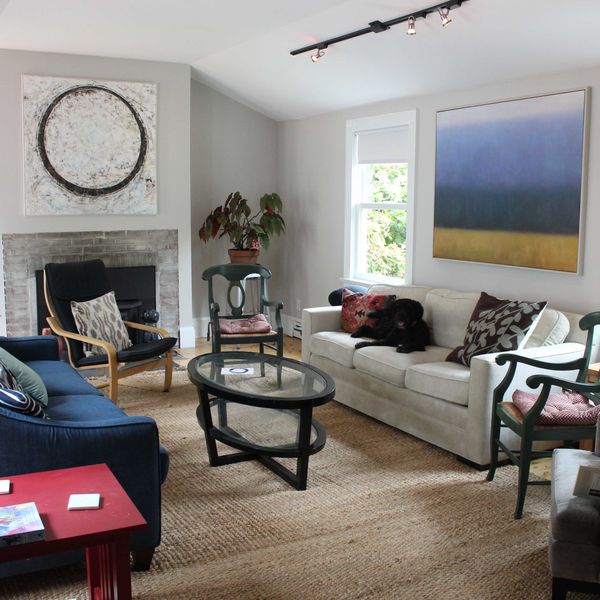
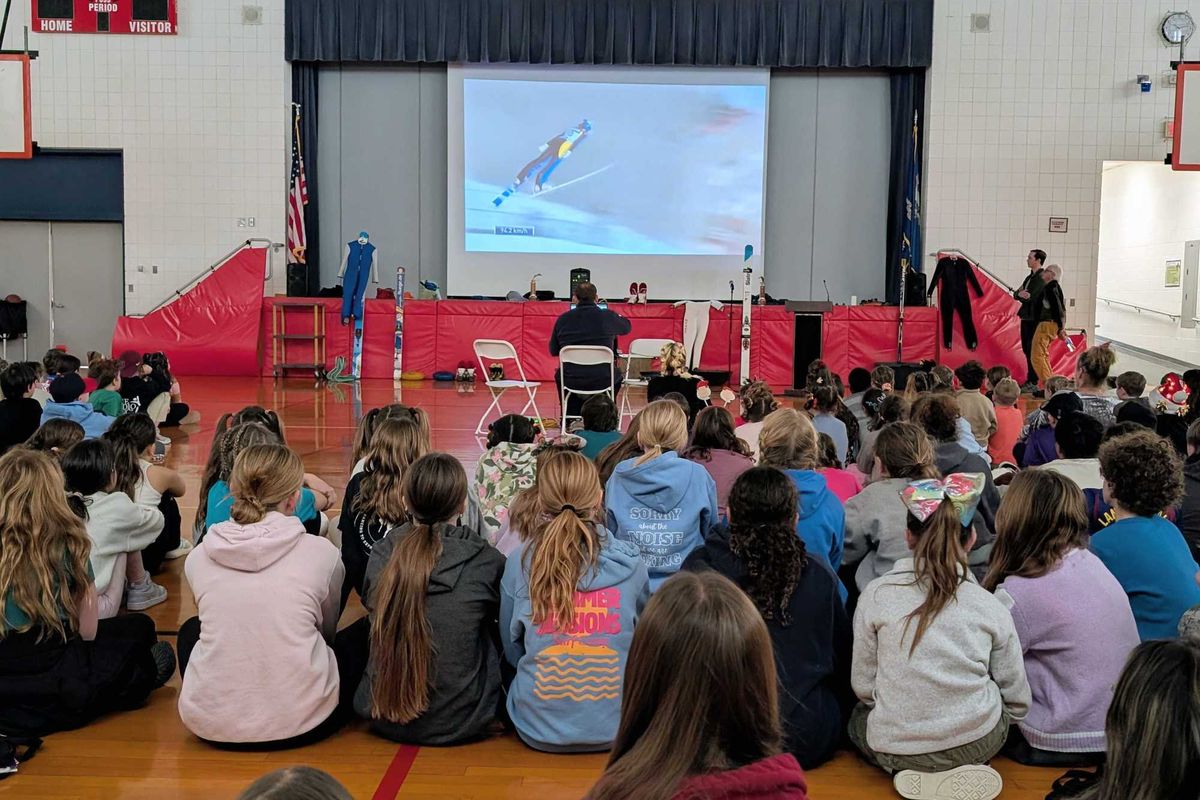
 Students at the assembly with Salisbury Winter Sports Association on Dec. 17By Riley Klein
Students at the assembly with Salisbury Winter Sports Association on Dec. 17By Riley Klein 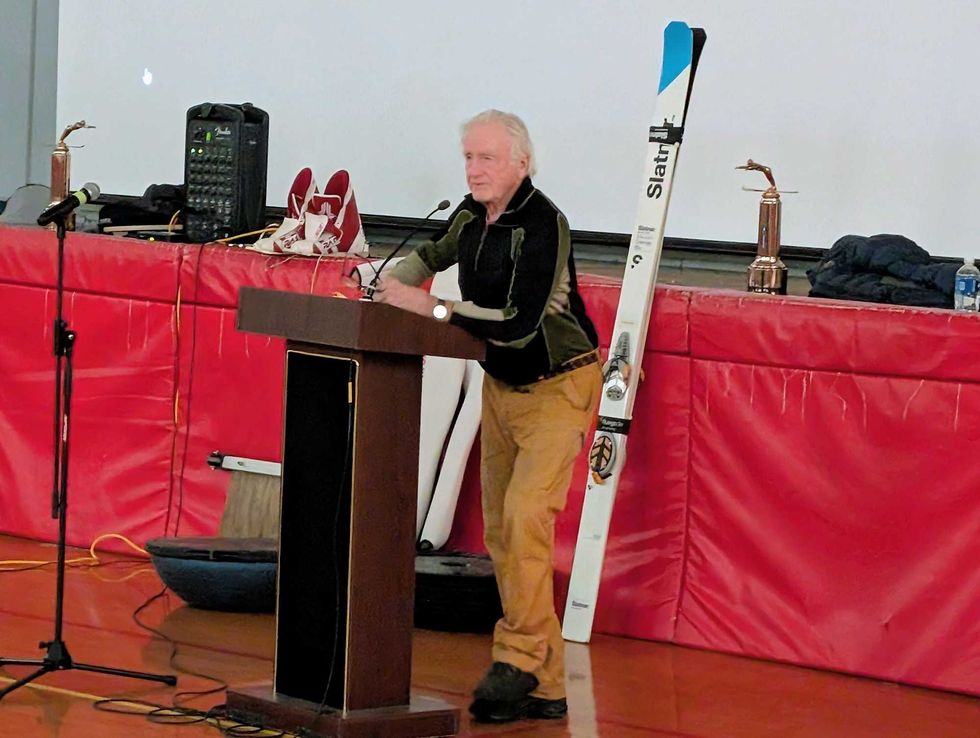 Former U.S. Olympic ski jumping coach Larry Stone, of Salisbury, led the assembly Dec. 17.By Riley Klein
Former U.S. Olympic ski jumping coach Larry Stone, of Salisbury, led the assembly Dec. 17.By Riley Klein 
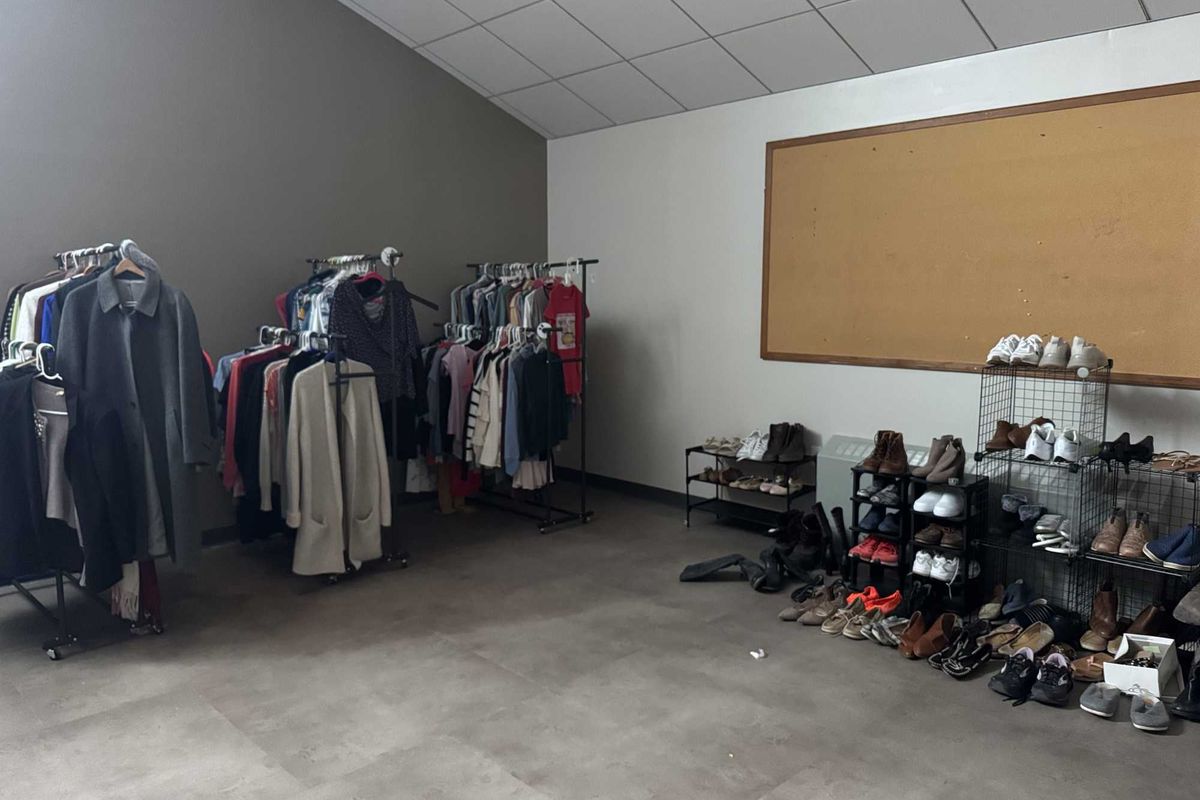

 The Housy Shack open sign, welcoming customers in for cookies.Anna Gillette
The Housy Shack open sign, welcoming customers in for cookies.Anna Gillette 




